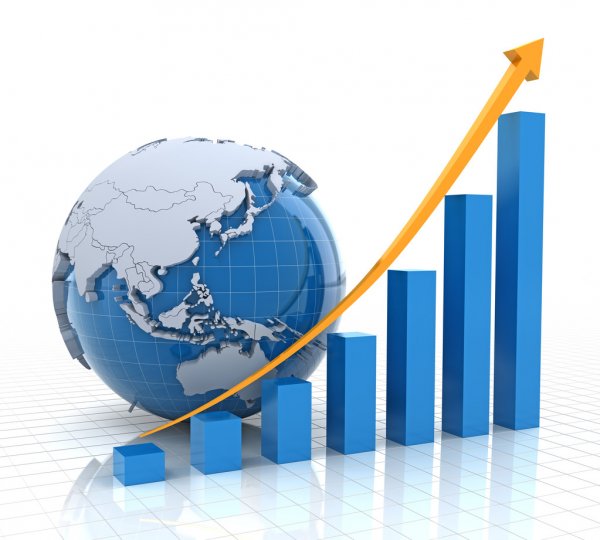
The real estate market is resisting the crisis and price growth is outpacing the economy.
After more than a year of pandemonium and crisis, home prices have not only not fallen, but are already showing signs of growth. Although there is still no official data from Ministerio de Transportes, Movilidad y Agenda Urbana (formerly Ministerio de Fomento) or Instituto Nacional de Estadística, real estate portals talk about a rapid recovery in housing demand. All indications are that this time the real estate market will not be an amplifier of the crisis, but rather may act as a stabilizer supporting the economic recovery.
The differences with 2008 are important.
At that time, home prices fell for an extended period and growth did not show up until 2014-15, almost a year after the overall economic recovery. And now, after an adjustment of 1.8% in 2020 (according to Ministerio de Fomento), the real estate market is starting to wake up when the economy as a whole is still “asleep”.
This inconsistency in real estate market behavior during the two crises is due to a long series of factors that create this “surprise,” as the outlook was extremely negative at the beginning of the pandemic.
José Ramón Diez Guijarro, professor at the IE Business School (Madrid), says in his research that from the beginning of the pandemic, the behavior of the economy was better than expected. Fears were raised about the possibility of a sharp deterioration in demand factors (employment, income levels, etc.), so a sharp adjustment in real estate market activity was expected, and the fall in the value of residential assets could have triggered a new spiral of recession. But there was a stimulus effect – the shift of core labor activity to remote work. This is a key difference from the 2008 crisis, a new global trend.
Government Reaction
The government’s response to this crisis has also been quite different from 2008. An unprecedented safety net (e.g. ERTE or mortgage moratorium) was rolled out, which preserved relatively stable incomes and made it easier, for example, to make mortgage payments.
In the past, house prices have started to fall sharply when people and companies were approaching a financial “cliff” and were forced to sell properties, even at knock-down prices, out of necessity (lack of investment, bankruptcy, loss of livelihood, etc.). In this crisis, such a scenario was avoided by means of aid and incentives.
An environment with low interest rates, relatively “cheap” credit and good liquidity (due to unusual Central Bank policies) has made housing an attractive investment asset with positive returns, making it a sort of “financial safe haven” for investors or people looking for an alternative to deposits or other low-fee investments.
When the overall economic recovery had not yet begun, the real estate market was already beginning to show clear signs of life. Although it seems unusual, in other countries, such as the US or the Netherlands, house prices did not stop rising throughout 2020.
Anaís López, director of public relations at Fotocasa, said that the real estate market is recovering, especially in the buy-to-let segment, and prices (at a general level) are rising. While in 2020 the average value decline of secondary real estate was close to -2%, from the end of 2020 an upward trend change began. And at this point, the increase in value was +2.9%. This trend is supported by the fact that there is an increased interest in buying a home. If before the pandemic 39% of the total number of requests on the portal were focused on buying, now this figure is 43%, the number of requests for rent from 49% before the pandemic has decreased to 44% at the moment.
Experts agree that given all economic indicators and current support policies, the real estate market will play one of the key and effective roles in the economic recovery from the current crisis.

